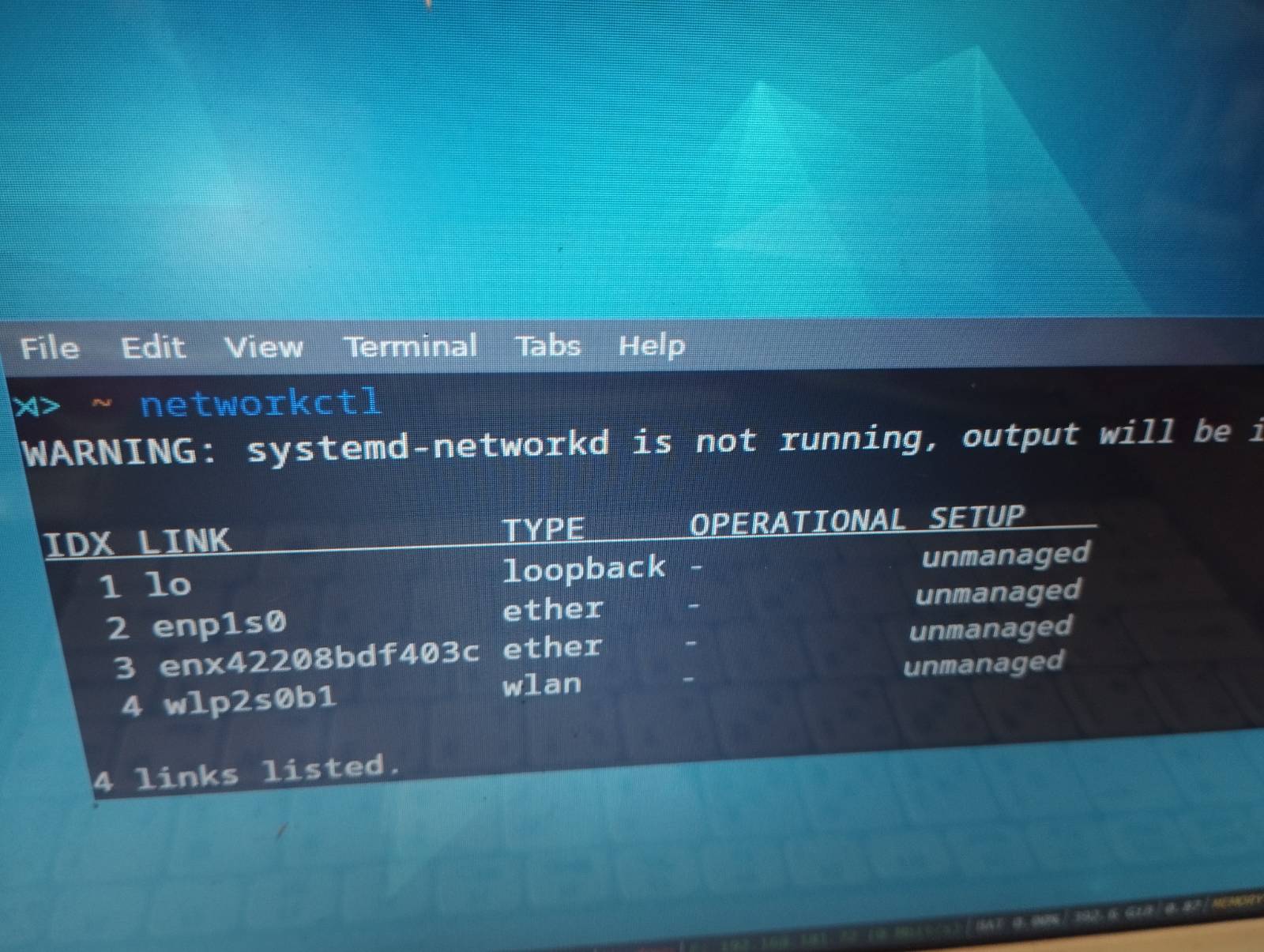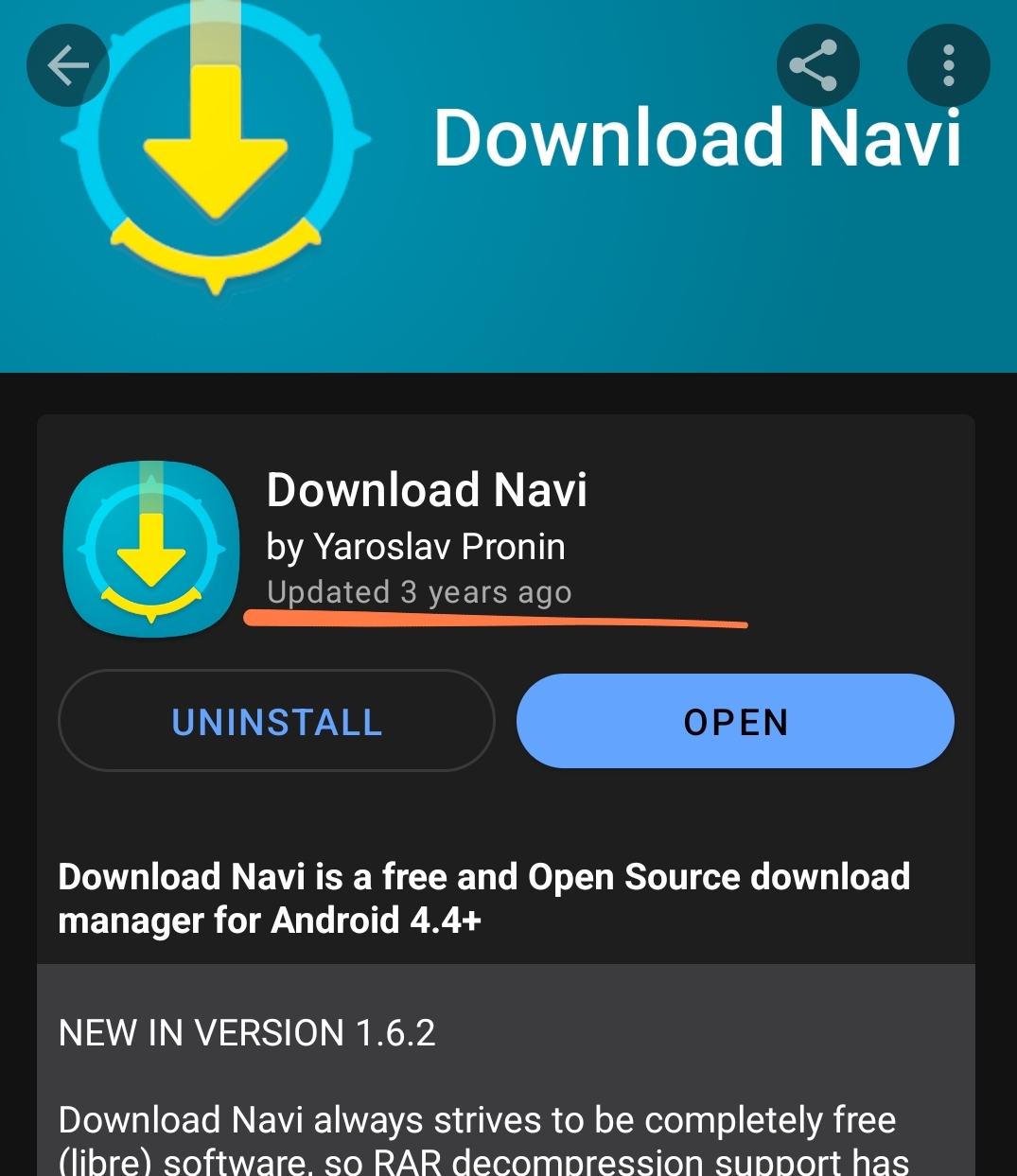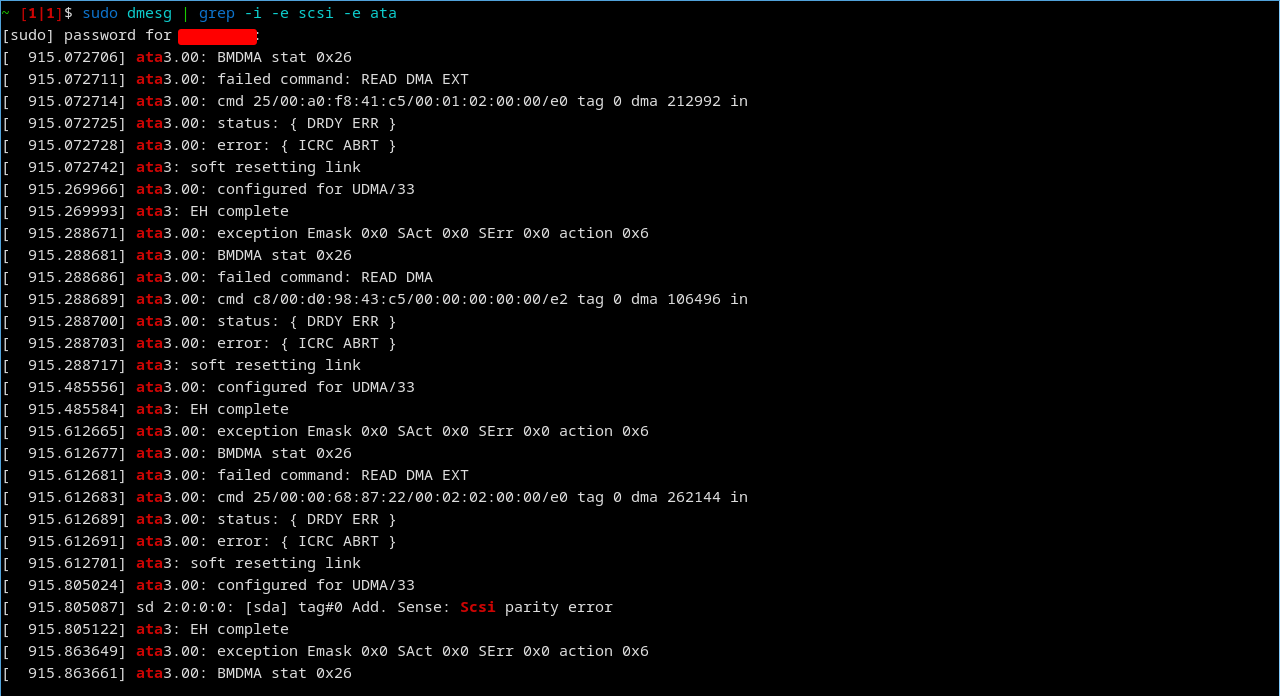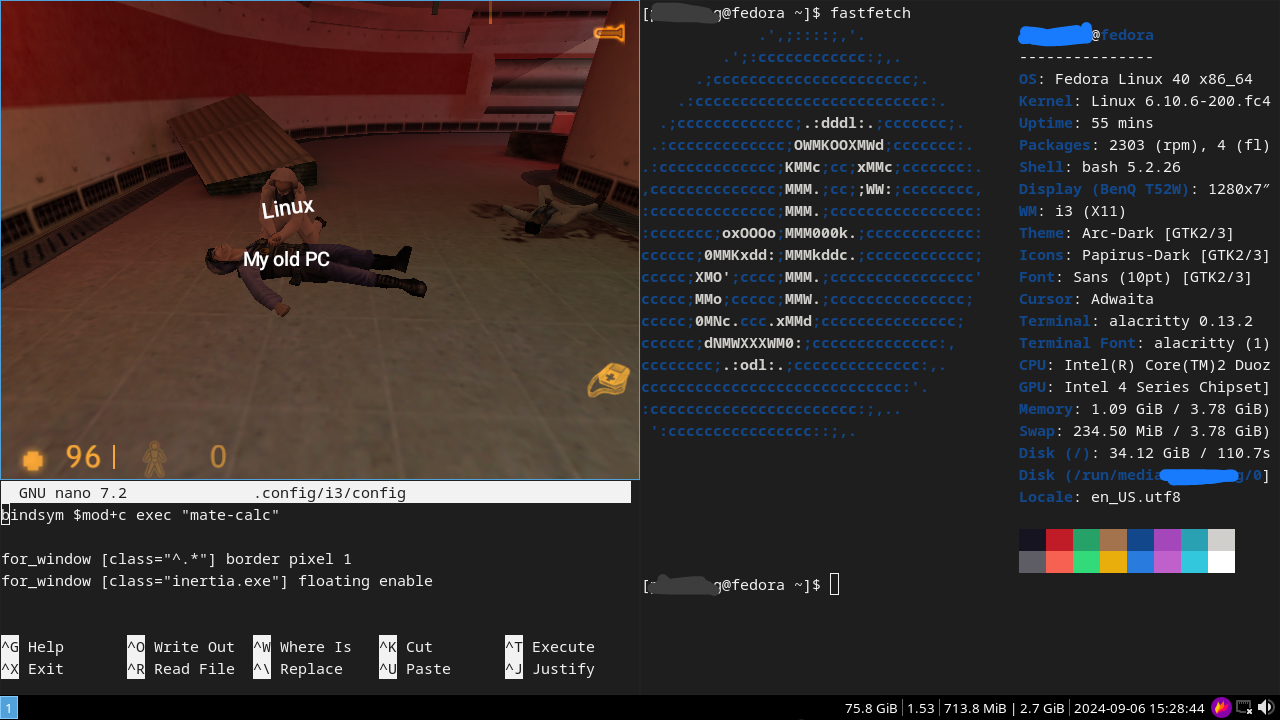What can I do to fix the problem here?
maliciousonion
Well the machine's time is off by a few hours after I power it off for a night. So the time is incorrect right now. This might explain why it suddenly stops when I wake up and reopen it a day after installation. Should I manually set the correct time to fix it?
Firefox's default in-built download manager is hot garbage. It is so much more reliable to download multiple large files at once with a resource-friendly download manager.
I did perform the self-test function, the long version that says it will take 10s of minutes. Some of the errors were displayed with red text before the test. After the self test, it said that my drive passed and all the red errors showed up as "Old age" in black text, every single one.
(This is in the GUI app for smartctl)
It'd be bad if I were working on something and the entire thing just suddenly broke down before I have the time to save and backup 😅
I used the GUI program for SMART and the list of issues got marked as "old age", all of them.
It's the same error, no matter how many times I reinstall. I assume it's a hardware issue
Yeah the important stuff is backed up, but I am still concerned my entire OS will suddenly go kaput. How fucked am I?
I still browse through the political communities occasionally but I hate how their posts absolutely dominate the main page by default.
Now you can thank yourself for making that good decision!
Yeah..... I am so sorry but I'm just a beginner and all I see here is a bunch of jargon. I am trying the solution that @nightwatch_admin has suggested here at the moment.
Could you please point me to some sort of simple guide/video? If that's not too big of a hassle








Tysm, @[email protected] and @[email protected].
I added this to the file /etc/resolv.conf and it's working again.